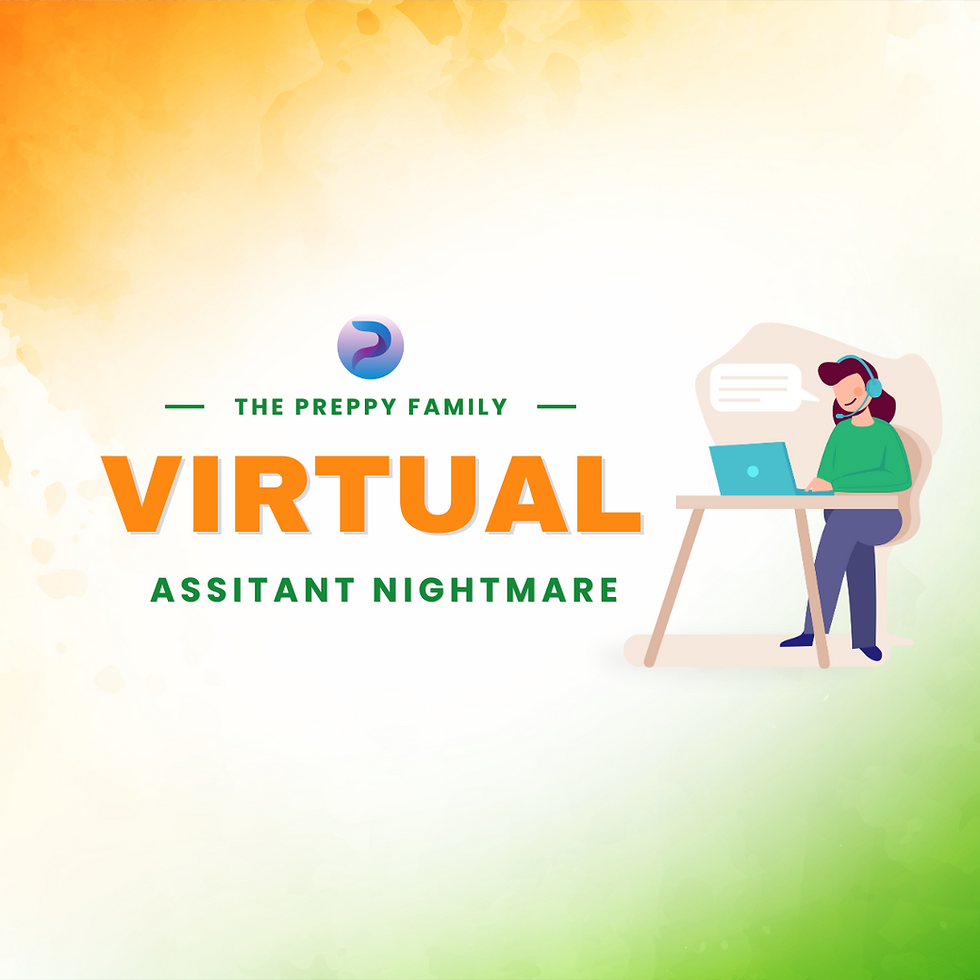Creating a Great Virtual Event
- Darshan Gajara

- Jul 25, 2022
- 3 min read

Academic conferences and corporate events have occupied a prominent place on workplace calendars for decades. A few times a year, many professionals travel to places like London, Las Vegas, Chicago, and Hong Kong to hear keynotes from world-renowned speakers, attend panel discussions, meet like-minded professionals, and enjoy meals and entertainment.
Beginning in March 2020, organizers all over the world almost completely halted in-person conferences. Just as it did to sports, music, and theater, the COVID-19 pandemic forced mass cancellations and postponements in the world of conferences and corporate events. To fill the void, virtual events have exploded in frequency and popularity.
As I write this section nearly two years later, some in-person events are starting to appear on calendars again (usually marked “tentative”), and hybrid events (a mashup of virtual and in-person) are coming on strong. Nevertheless, virtual events are here to stay.
Because virtual events are effectively video productions that frequently serve as marketing for the organizations that host them, I will cover a few of the basics here.
Most of us thought of virtual events as mind-numbing, old-school webinars. Think dozens of boring, word-dense slides dominating the screen, with a speaker shown in thumbnail video droning on about their content.
The global pandemic prompted a flurry of innovation in an event category that hadn’t changed much in more than a decade. We’ve made huge progress in the audience experience at virtual events in two short years!
At first, many organizations scrambled to re-create the in-person experience online. Many of those efforts failed, because their organizers didn’t tap into the right medium for virtual success. Most squandered the opportunity, and some were truly awful.
The best virtual events reimagine what’s possible, on general video conferencing platforms such as Zoom or Microsoft Teams, or on purpose built virtual event software including Accelevents, Bizzabo, BigMarker, and Hopin. When you design a virtual event, the most important thing to remember is that people’s attention spans are much shorter than they would be in a convention center or hotel ballroom. Even if attendance is required in some way, you can’t treat your online participants as a captive audience. This means you need to keep their interest by mixing things up. Include some live sessions, some prerecorded material, an interview or two, and the element of surprise—perhaps an unannounced musical guest or unexpected news reveal.
The most valuable aspect of an in-person event is the audience being together, interacting, learning from one another, and making professional connections. When people meet at meals, coffee breaks, receptions, or those inevitable periods of waiting, a powerful cohort of like-minded people can develop.
It’s possible to bring people together online as well, but you need a different playbook. You can include the audience by building in elements such as polling questions, breakout rooms, interactive chats, and live Q&A. While each of the virtual event platforms is different, most include these technologies for audience interaction. You can also build audience interaction via social media. Using a unique event hashtag on Twitter or creating a Facebook group is a great way to catalyze interaction before, during, and after your virtual event.
If you speak at a virtual event or host one for your company, it’s important to understand a few basics of presentation skills and technology. The Preppy Family Speakers who are used to presenting from a stage don’t need to set up the technical aspects of the performance venue like sound, lights, and video. Sadly, most speakers I’ve seen carry the same attitude to virtual events they do from home, not thinking much about technology and setting.
Many speakers simply set up their notebook computer on their dining table and use the built-in camera and microphone. This often leads to poor lighting and sound, the biggest problems with speaker technology. For just a few hundred dollars, you can buy an external webcam from a company like Logitech, a good-quality external microphone like a Blue Yeti, and a basic ring light. Position the camera at eye level (you can simply put your laptop on a few books), and present while looking directly at the camera.
If you’re thinking about creating your own virtual event, you’ll want to have a clear strategy to maximize all the benefits that online events can have on your business, including lead generation, sales, and keeping your existing customers happy. Make sure you integrate the virtual event with your other marketing and PR programs by sharing on social networks and driving event participants to your website in appropriate ways.
Yes, in-person events will return, but virtual events are here to stay. They can become a fruitful and cost-effective aspect of your organizations’ marketing.
Thank You For Reading!
Check out our last blog if you missed it...




Comments